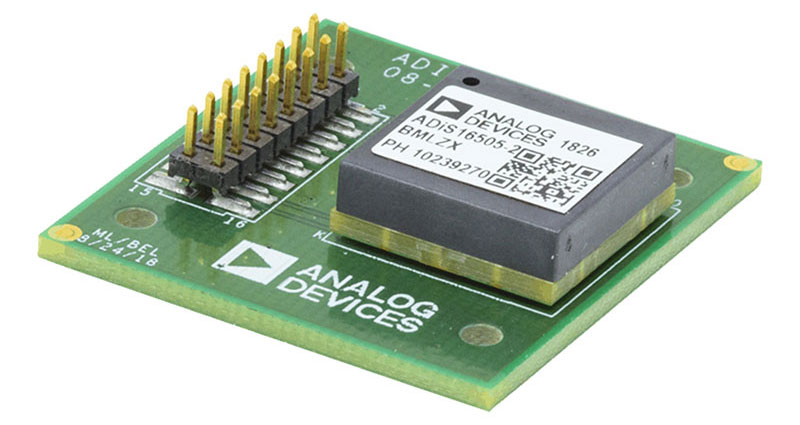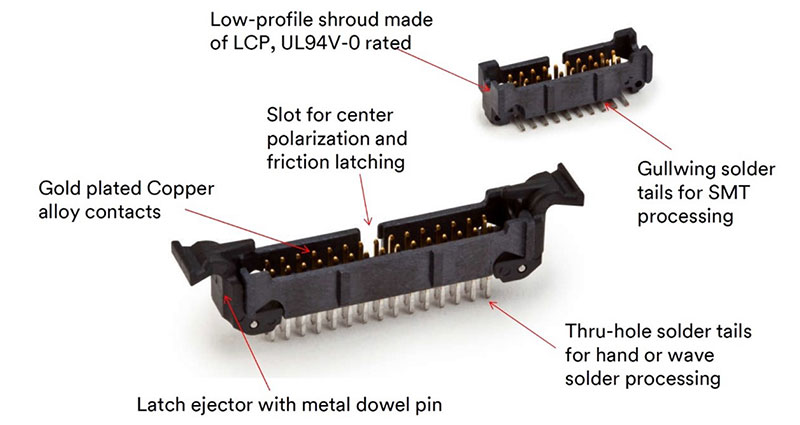VCSELs Put LiDAR into Apple iPhones: What Can You Do?
There’s been an ongoing debate, with lots of negativity, about the economic and technical viability of light detection and ranging (LiDAR) technology. It seems LiDAR has won. General Motors recently announced that LiDAR will be in nine of its cars equipped with advanced driver assistance systems (ADAS) next year, and Apple has already put LiDAR into the iPhone 12 Pro, iPhone 12 Pro Max, and the iPad Pro using vertical-cavity surface-emitting laser (VCSEL) technology. Adding LiDAR to mobile devices is expected to be a game-changing advancement. If you haven’t already investigated the use of LiDAR, now is the time.
The iPhone LiDAR enables depth sensing of objects at distances of up to 5 meters (m) and is designed to work collaboratively with the camera and motion sensors to create and manipulate augmented reality (AR) environments (Figure 1). The new eight-core A12Z Bionic graphics processing unit (GPU) and computer vision algorithms are designed for 3D modeling, and the existing ARKit AR app has an added Scene Geometry API to integrate the LiDAR data with the camera and motion sensor data. The LiDAR data is also integrated into the Measure app, providing the ability to measure objects more quickly and with increased granularity.
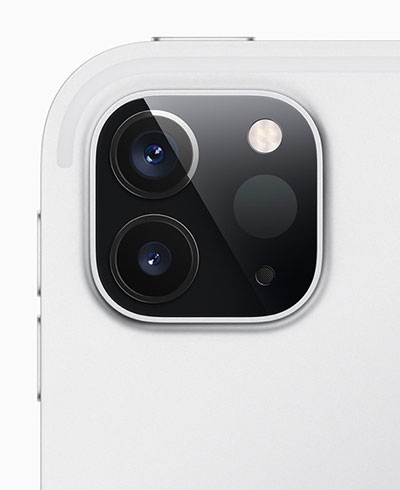 Figure 1: The LiDAR sensor on this Apple iPhone is the small circle in the lower right hand corner of the black area, along with the two cameras (left). (Image source: Apple)
Figure 1: The LiDAR sensor on this Apple iPhone is the small circle in the lower right hand corner of the black area, along with the two cameras (left). (Image source: Apple)
With the AR Spaces function in Apple’s Clips 3.1 app, users can record videos, integrate the LiDAR information, and create immersive AR scenes with dynamic lighting, falling objects, and other special effects (Figure 2).
 Figure 2: The AR Spaces function in Apple’s Clips 3.1 app enables the creation of augmented reality video clips. (Image source: Apple)
Figure 2: The AR Spaces function in Apple’s Clips 3.1 app enables the creation of augmented reality video clips. (Image source: Apple)
Following a brief comparison of VCSEL and edge-emitting laser (EEL) LiDAR technologies, along with an overview of the time-of-flight (ToF) and point cloud concepts behind LiDAR, we’ll take a look at the TMF8801 LiDAR module from ams/OSRAM, and DFRobot’s SEN0245 VL53L0X Gravity LiDAR range finder for the Arduino UNO control board x1.
VCSELs vs EELs
VCSELs, like the ones being used by Apple, are different from the EELs commonly used in automotive and industrial LiDAR systems. VCSELs are optimized for low-power, short-range applications where they offer several advantages:
- Higher reliability since a VCSEL array consists of 50 up to 10,000 individual emitters, thereby greatly reducing the impact of a single emitter failure compared with EELs with one to four emitters.
- An improved signal-to-noise ratio (SNR) as a result of more effective filtering at the receiver, made possible by a narrower wavelength bandwidth over temperature.
- Simpler system integration since VCSELs emit vertical cylindrical beams.
ToF and point clouds
LiDAR is based on ToF measurements. A series of laser pulses are directed toward an object and the return time is measured by an onboard photosensor (Figure 3). ToF measures the round trip flight time of the laser pulses, so the distance to the object is proportional to half of the ToF multiplied by the speed of light, which is about 30 centimeters per nanosecond (cm/ns) in air. VCSEL systems like the one used in the iPhones can measure distances up to several meters with high accuracy.
 Figure 3: ToF measurements are based on measuring the time it takes for a laser pulse to reflect off a target and return to the LiDAR sensor. (Image source: DFRobot)
Figure 3: ToF measurements are based on measuring the time it takes for a laser pulse to reflect off a target and return to the LiDAR sensor. (Image source: DFRobot)
A point cloud consists of thousands, or millions, of ToF measurements. Using point clouds and associated image processing software, LiDAR systems can create three-dimensional (3D) images of the surrounding environment at rates of 30 frames per second (fps), or faster.
VCSEL for a mobile phone bezel
Designers of portable and handheld devices can use the TMF8801 LiDAR ToF sensor from ams/OSRAM. It has a detection range of 2500 millimeters (mm) and comes in a package measuring 2.2 x 3.6 x 1.0 mm that is designed to fit into a mobile phone bezel (Figure 4).
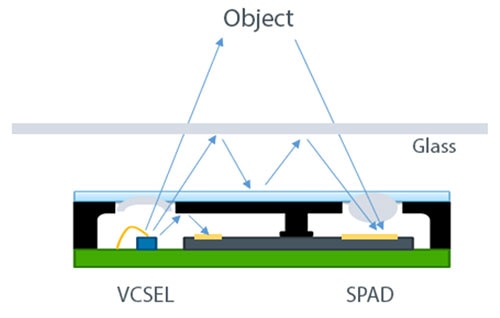 Figure 4: The TMF8801 ToF sensor has a detection range of 2500 mm and fits into a mobile phone bezel. (Image source: ams/OSRAM)
Figure 4: The TMF8801 ToF sensor has a detection range of 2500 mm and fits into a mobile phone bezel. (Image source: ams/OSRAM)
The TMF8801 combines VCSEL technology with a single-photon avalanche diode (SPAD) sensor that is able to detect single-photon signals with a resolution of a few tens of picoseconds (ps). The integrated VCSEL driver produces laser pulses at a wavelength of 940 nanometers (nm) that are less than 500 ps in duration, enabling the TMF8801 to meet IEC 60825-1 Class 1 for eye safety. A sunlight rejection filter minimizes background noise, and the integrated Cortex M0 microcontroller (MCU) includes image processing algorithms. The 1.8 volt I²C fast-mode interface connects the TMF8801 to the system.
VCSEL module for Arduino boards
The SEN0245 VL53L0X Gravity range finder from DFRobot is another great way to explore the use of VCSEL-based LiDAR (Figure 5). It’s designed to be used with an Arduino UNO control board x1 and can measure distances up to 2 m. The 940 nm wavelength VCSEL emitter and the integrated SPAD array provide a measurement accuracy of ±3% with a response time of under 30 milliseconds (ms), and a power consumption of 20 milliwatts (mW). The VL53L0X includes DFRobot’s Gravity-I2C interface, which is designed to be used with a variety of MCUs and provides the flexibility to support a range of LiDAR applications.
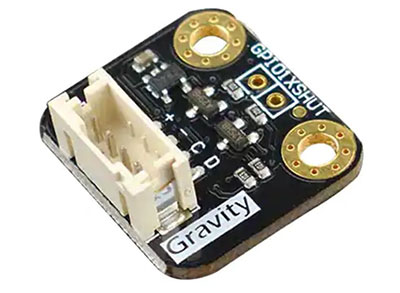 Figure 5: The SEN0245 VL53L0X ToF laser range finder is designed to be used with an Arduino UNO control board x1 to measure distances up to 2 m. (Image source: DFRobot)
Figure 5: The SEN0245 VL53L0X ToF laser range finder is designed to be used with an Arduino UNO control board x1 to measure distances up to 2 m. (Image source: DFRobot)
Conclusion
It’s no longer a question of whether or not LiDAR technology is viable, as it’s already going mainstream. LiDAR is being integrated into automotive ADAS systems and the latest models of Apple iPhones. In particular, low power VCSEL emitter technology combined with SPAD sensor arrays is enabling the use of LiDAR in portable consumer devices.
You can get started on your own VCSEL-based LiDAR designs using modules that are ready-made for integration, with all of the needed optics, MCU interfaces, and basic image processing software to get you moving quickly.

Have questions or comments? Continue the conversation on TechForum, DigiKey's online community and technical resource.
Visit TechForum







